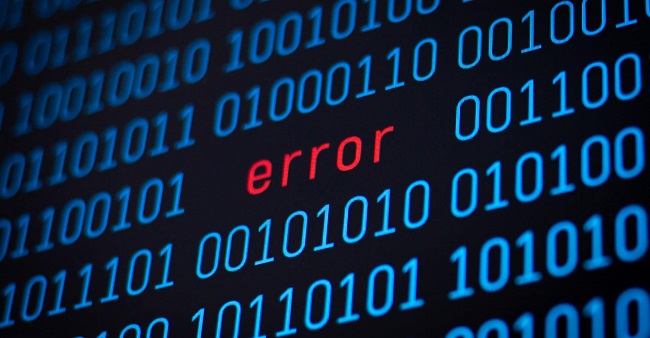The error Kmode Exception Not Handled occurs in the Windows operating system. It’s a Blue Screen of Death Error, also known as a Stop Error, Bug Check Error, or Kernel Error. After an issue has occurred in the system as a whole, a stop error is displayed on a Windows computer system.
It occurs when system software, which manages computer software and hardware resources and offers common services for computer applications, reaches a point where it is no longer safe to use.
In Windows 10, 8, and 7, How to Fix Kmode Exception Not Handled
No lock is constructed without a key, as the saying goes. Stop Error is the same way. When you’ve figured out what’s causing the issue, you can try one of the solutions listed below.

Error
1. Uninstall the Error Message Displayed Driver
According to this strategy, the error message displays the name of the driver that is causing the issue in the operating system. To get around the problem, uninstall the driver whose name appears on the screen.
Install the most recent version of the driver that you previously removed. To uninstall the driver that’s causing the issue, follow these steps. –
Step 1. To open the pop-up for multiple services, press Windows Key + X. Select Device Manager from the list that appears. Choose the specific driver whose name displayed in the error notice, then uninstall the device.
Step 2. After the driver has been uninstalled, download the most recent version of the driver. Download and install the most recent driver for your machine.Shut down and restart your computer.
The KMODE Exception Not Handled Error should be resolved if you follow all of the instructions above, but if it isn’t, try the other options listed below.
Read Also:
2. Defragment Your Computer’s Memory
If your machine does not have enough memory space, the error in the discussion may occur. Insufficient memory space is detected if your system is not working properly or at frequent intervals.
A faulty registry entry in Windows can also persuade Windows that vital resources are lacking. The following methods for freeing up memory space are possible.
Step 1. Determine how much free RAM or disc space you have.
Step 2. Delete any files you don’t want. Select Start > Settings > Control Panel from the Start menu. Select Internet from the Control Panel panel. The Internet Options dialogue window displays, with multiple tabs.
Toggle to the General tab. Select Delete All Temporary Internet Files from the Temporary Files group box, then click Apply. Close the Internet Options window, then close the Windows Control Panel by clicking Close.
Select Start > Find > Files > Folders from the Start menu. Click Find Now after typing *.TMP in the Name box. Right-click each of the files you find and select Delete from the menu.
Select My Computer, then scroll down to and access your local hard drive (typically drive C). Go to the Windows folder and open it. (The box entitled Show All Files may need to be checked.) Delete all files that aren’t required for your system’s operation from the temporary folder.
Remove any folders that you don’t need from your hard drive. Before deleting the contents of an application’s programme directories, make sure you remove it through the Windows Control Panel.
Step 3. Using the majority of the resources, determine the application.
Experiment with duplicating the memory error. If the problem only occurs when certain programmes are loaded, you’ll need to figure out why these programmes need so much resources. The problem is sometimes resolved by restarting the system. If the problem happens every time a specific application is run, contact the application’s manufacturer.
Step 4: Defragment the Hard Drive. To clean your hard drive, follow the steps below. Select the SCANDISK software from Start > Programs > Accessories > System Tools.
Select the Thorough checkbox in the SCANDISK main dialogue box. SCANDISK should be set to scan all of your local hard drives, and then click Start. Wait until SCANDISK has completed its effort to fix hard disc errors.
All open programmes should be closed.
Select the Disk Defragmenter from Start > Programs > Accessories > System Tools. Make sure all local hard discs are selected for defragmentation in Disk Defragmenter’s main dialogue box, then click Start.Wait until the defragmentation is finished before turning off the computer fully.
3. Install
A stop error can also occur if your operating system is still using the same old drivers. To avoid losing your saved data, you must update your system’s driver in safe mode first. Follow the instructions below to update your driver.
Step 1. Press Windows Key + X at the same time and select Device Manager from the context menu that appears. Look for Other Devices in the Device Manager. Right-click on the Unknown Device and select Properties (the probable cause of your BSOD).
Step 2. Select Update Driver from the drop-down menu. On the next screen, select Search automatically for updated driver software. Hold off until the drivers have been updated. Turn off and on your computer.
Read Also:
The Last Word
You can get rid of the Kmode Exception Not Handled error, bug check, or kernel error by using one of the options listed above. However, if you are unable to resolve your operating system issue, you may need to take the device to a specialist for system recovery.

